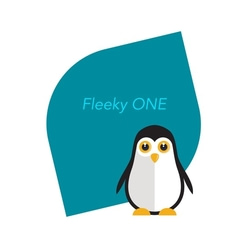Complex versus straightforward content
Let us consider a nuanced aspect of content creation and audience engagement.
The preference for complex versus straightforward text can vary widely among readers, influenced by factors like the audience’s background, the context of the content, and the platform it’s presented on.
Reasons why some audiences might prefer or understand complex texts
Familiarity with the Subject: Readers who are already knowledgeable about a topic might find more detailed, nuanced, or jargon-heavy texts engaging because these texts can offer deeper insights or new perspectives on familiar subjects.
Audience Expectations: In certain professional or academic fields, complex writing might be the norm. Audiences in these areas may expect and appreciate a higher level of detail and sophistication in the language used.
Content Depth and Quality: Complex texts often provide a depth of information and analysis that some readers seek out, especially for research purposes or personal interest in a topic. This depth can make the effort of understanding the complexity worthwhile.
Engagement and Challenge: Some readers enjoy the challenge of deciphering complex texts. The process of engaging deeply with the material can be rewarding in itself, leading to a more memorable and impactful reading experience.
Cultural and Contextual Factors: In some cultures and contexts, complex language is valued as a sign of intelligence or education. Readers within these contexts might prefer complex texts as a way to align with cultural norms or personal identity.
However, it’s important to strike a balance. While complex texts can be valuable for the reasons mentioned, making content accessible and understandable to a broader audience can also be crucial, depending on your goals.
Some strategies to consider

- Know Your Audience: Tailor the complexity of your content to the expectations and background knowledge of your target audience.
- Clarify When Necessary: Use explanations, analogies, or examples to clarify complex ideas without oversimplifying them.
- Mix It Up: Include both complex and straightforward content, using subheadings, bullet points, and summaries to make complex ideas more digestible.
- Feedback and Adaptation: Gather feedback from your audience to understand their preferences and adapt your content strategy accordingly.
Understanding the balance between complexity and accessibility is key to effective communication. It’s about meeting your audience where they are, providing value, and fostering engagement in a way that resonates with them.
Thank you for reading and sharing!
Source OpenAI’s ChatGPT Language Model and DALLE – Images Picsart

Invest in your future & learn
Learn affiliate marketing & build your own website with an awesome community and join me there. You can be a free starter for as long as needed. It includes free hosting and basic teachings. If you are an advanced user, you may like to level up. Just have a look, and see for yourself!






